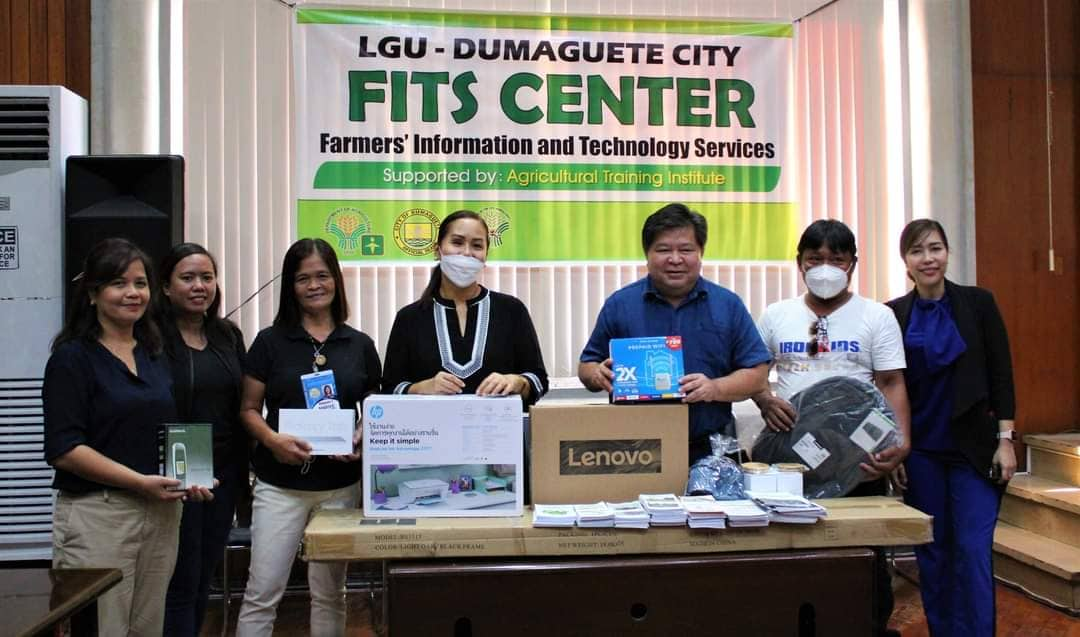DUMAGUETE CITY, Negros Oriental, Oct. 12 (PIA) -- The province of Negros Oriental needs to produce around 115 million kilos of rice or 550,117 sacks of rice to achieve rice sufficiency.
This recommendation came from the Philippine Statistics Authority (PSA) based on their 2021-2022 statistical data on agriculture in the province.
PSA Negros Oriental came up with the figure by multiplying the average rice consumption to the current population in the province which is at 1.432 million.
PSA Provincial Head Engr. Ariel Foruito said that on average, a resident of Negros Oriental consumes 80 kilos of rice annually.
This is close to the average rice consumption of a Filipino at the national level which is pegged at two sacks per year.
However, Fortuito noted that the current yield, which is 64,176 metric tons of rice, can only feed 24% of the population and the province has import more to feed the rest of its people.
He said importing rice does not necessarily mean getting rice from other countries but it could also mean sourcing from other regions.
The PSA noted that there is a high demand on rice in urban areas, while people living in rural areas in the province consume corn mostly as a substitute for rice.
Based on their statistical data, a resident of Negros Oriental consumes 32 kilos of corn per year.
PSA also recorded a high consumption of pork, chicken, and eggs in the province.
The data on agriculture were presented during the Kapihan sa PIA forum on Oct. 11 held in line with the observance of National Statistics Month.
Fortuito clarified that the data aims to serve as guide for local leaders in crafting their programs especially in agriculture.
“We are just presenting and giving the picture. That is the purpose of the PSA ngano na kami mohatag mi ug hulagway aron nga atong mga policy makers could do something sa ilahang mga policy (The reason why PSA shares this information is to create a picture for our policymakers so they can do something about their policies),” Fortuito said.
Meanwhile, Department of Agriculture (DA) Negros Oriental OIC-Provincial Agriculture Program Coordinating Officer (APCO) Bernard
Limbaga acknowledged that the province is not sufficient in rice.
Limbaga cited several factors that contribute to this, such as the shortage of irrigated lands for land production and the rising cost of farming inputs and implements which have become a big challenge to the farmers.
The DA official explained that in terms of irrigated lands, Negros Oriental is limited to around 17,000 to 18,000 hectares of irrigated rice areas.
He added that rice production can increase if the irrigated rice area can reach 20,000 hectares.
For corn production, the province has 55,000 hectares of land for corn but 70% to 80% of these lands are slope areas, which also contributes to the low production of corn.
Limbaga said the department has planned programs to increase rice and food sufficiency in the province, including interventions to help farmers cope with the increasing cost of food production so they can continue tilling their farmlands and produce food for the province.
He welcomed the data from PSA, saying that the statistical data generated by the agency is used as basis for their programs on the ground.
“For us sa DA, with the help sa atoang provincial ug municipal agriculturist offices, mag-base mi sa recommendation sa PSA. Usually mahibaw-an nila kini na part sa province, og moingon sila dili siya sufficient kay wala kaayo irrigation facility diha mi mohimo sa among program na i-increase ang irrigation area (We at the DA, together with the provincial and municipal agriculturist offices, refer to the recommendation of the PSA. They know which area in the province has low yield because of the lack of irrigation facilities. We take our cue from there and formulate programs for irrigation so they can increase their production),” Limbaga said. (RAL/PIA7 Negros Oriental)




